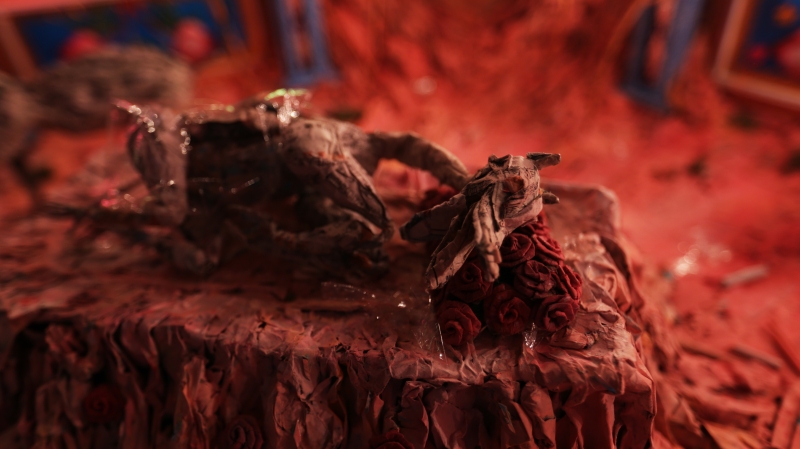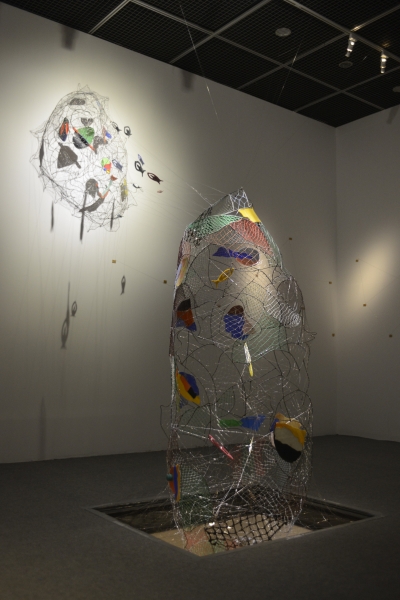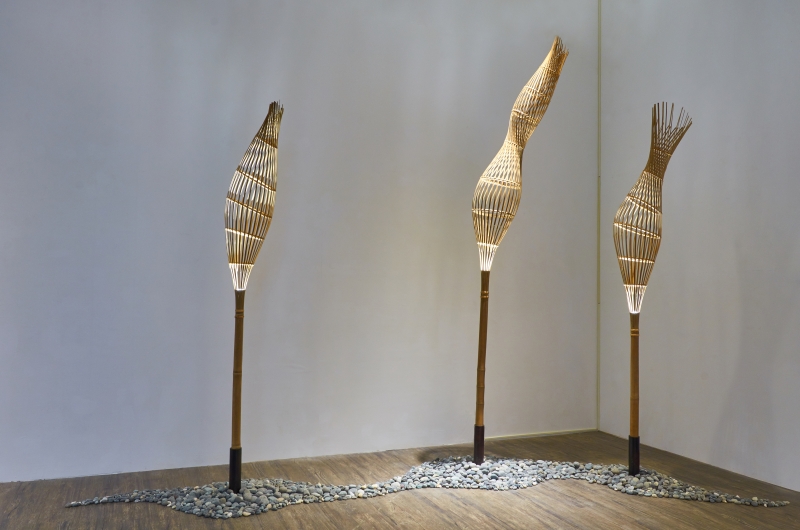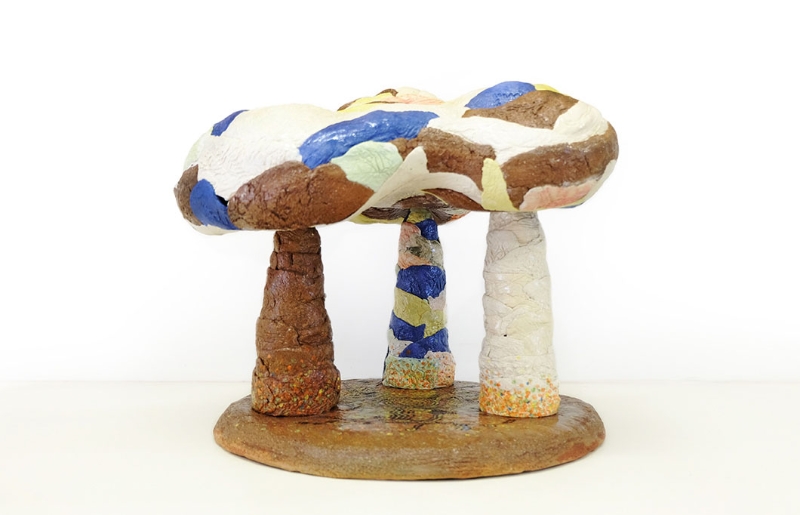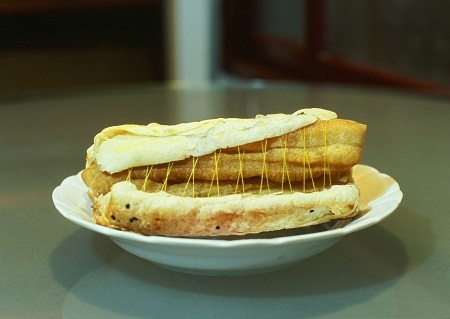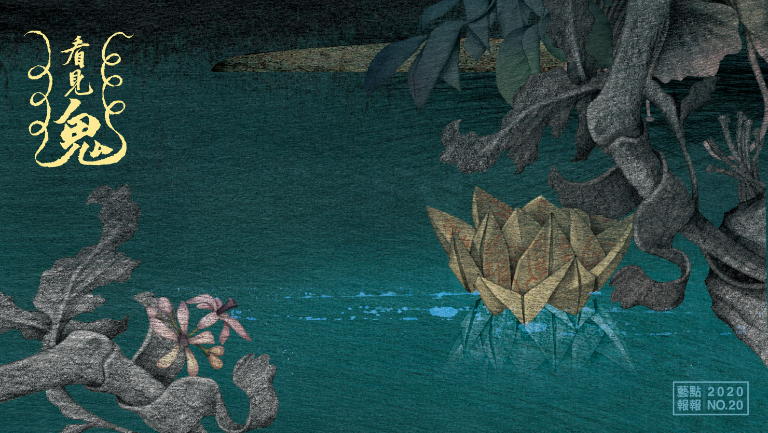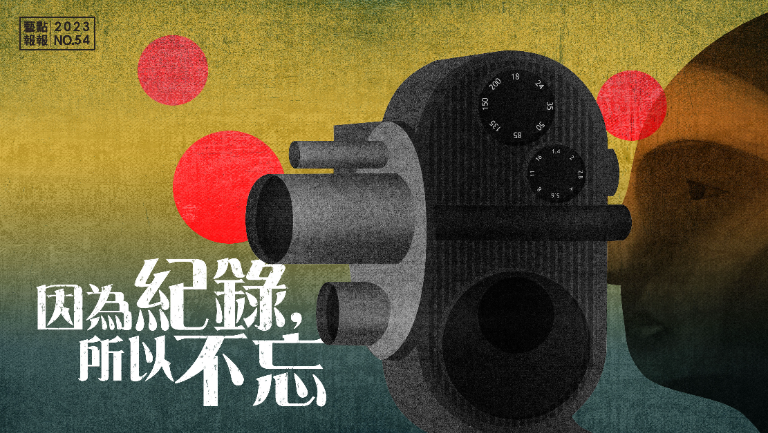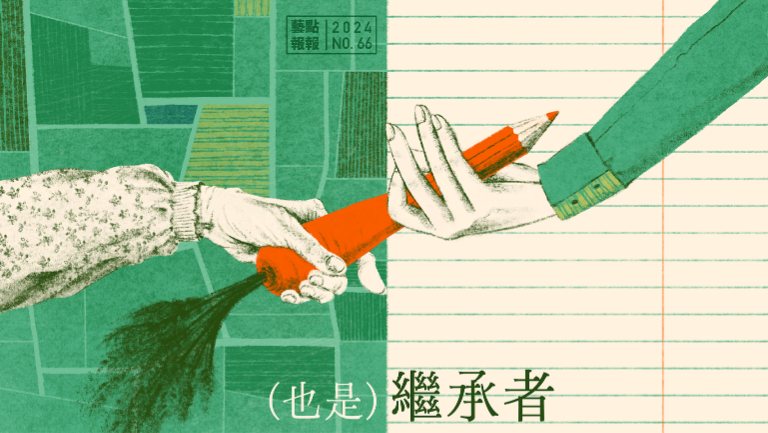Traditions were also contemporary in the past, but turning tradition into something contemporary today requires a bit of imagination and action. Among the results of NCAF grants, there are many instances of "contemporary applications with tradition at heart", especially in the field of visual arts. In recent years, many artworks are inspired by traditional crafts or ideas and showcased in a contemporary manner, demonstrating the artists' unique personal styles.
Take for example, Mores Zhan, who comes from the fourth generation of Hsin-Hsin Paper Art Studio in Xinzhuang. He uses Taoist paper art to combine "various personal animation techniques and video/photography concepts" to create new works for the century-old business. He believes that "Taoist paper art is the art form closest to death, while animation is more cute and humorous. When I reinvented Taoist paper art, I was actually reconceiving the concept of death, trying to respond to the current state of our traditional art, and using a humorous attitude to face the situation of decline (Mores Zhan, 2016)1 ".
Rahic Talif, who is of Amis descent, used the concept of "Guardian", which is based on the indigenous legends of the Guardian Brother and Sister, to turn garbage into sculptures that "create a bridge between tradition and modernity, a method where perspectives can be shifted swiftly, guiding viewers to gaze at this ocean and the current situation we are facing together at this moment." FabCraft Design Lab, opened by Atayal owners, uses traditional weaving as inspiration. Under the name of Tribe Against Machine, it launched the "first art collaboration project in Taiwan between the European e-textiles community and ethnic weaving groups".
Tuwak Tuyaw, who is of Amis and Kavalan descent, inherited the indigenous rattan and bamboo weaving techniques of his community. His creations are inspired by fishing and hunting cultural traditions of the the Kavalan people, whose ancestral lands lie next to rivers and the ocean. He transformed the sanku fish trap made from bamboo and uway (Calamus jenkinsianus) into all sorts of everyday products and installation art pieces. During her residency at Canberra Potters' Society Inc. in Australia, Yu-Chun Huang "created works using the observations and outlook of a foreigner; from a foreigner's eyes, the red soil, pictorial writing, and aboriginal tribes are the roots of Australian culture". The use of clay also has the connotation that the art is rooted in the "land".
Shu-Hui Tsai used embroidery to carry out a mixed installation project named The Youth. J. J. Shih feels that Shu-Hui Tsai uses "embroidery as a means for artistic exploration, a personal diary written with threads, transforming embroidery from a folk tradition and a waning handicraft into an expression of her inner voice, a depiction of emotional reminiscences, and even a ritual of art therapy and psychological redemption." Wen-Jen Deng also chooses embroidery as her chief method of expression. She combined fiber art, indigo dyeing, and indigenous dyeing techniques to produce Food and Play—Fiber White. The "food" that she has been studying for more than a decade is "themed on the idea of a 'feast', taking the original shape and color of dishes to imply and convey the deepest sensorial perceptions of the inner mind."
Let's enjoy these simultaneously traditional and contemporary art pieces together!
Further Readings:
- YouTube | Inside the Arts No.49-2 Mores Zhan's Bizarre World of Paper Puppets:
https://www.youtube.com/watch?v=R-y1l5s4UUQ - YouTube | The Space of Fifty Steps / Rahic Talif
https://www.youtube.com/watch?v=U2Bt3Jn96f4 - YouTube | MoCA Taipei__Art Window_An Embroidery Installation Project by TSAI Shuhui
https://www.youtube.com/watch?v=gp-hczHF-lQ
*Translator: Linguitronics
